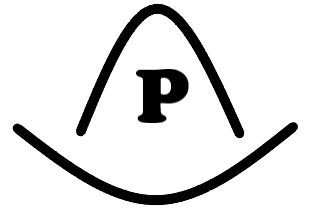Investing in a 401(k) plan is the most simple and effective way to grow your nest egg. Most companies offer 401(k) plans to their employees. If your employer matches contributions, set a goal to contribute equal to your employer’s maximum match, generally 6% of your compensation.
If your employer doesn’t match, 401(k) plans are still a great way to get the tax deduction benefits with each paycheck deferral and gain access to a wide variety of investment options. One exception – if your employer does not match, and you plan to contribute less than $7,000, an IRA may be the better choice. Check out the IRA section here.
Contribution Limits
Start with 6% of your salary. If you can afford more, do it, especially if your company offers an employer match. If you can’t afford 6%, start with $50 or $100 per month. Whatever you can. The IRS increased the maximum employee 401(k) contribution limit to $23,500 per year for 2025, an increase from $23,000 in 2024. Additional contributions can be made if you are age 50 or older. For 2025, that number remains at $7,500.
Traditional vs Roth
The biggest difference between a Roth and a traditional 401(k) is how and when you get a tax break: The tax advantage of a traditional 401(k) is that your contributions are tax-deductible in the year they are made. The tax advantage of a Roth 401(k) is that your withdrawals in retirement are not taxed.
Tough call. If you are just starting your career or find yourself in a lower tax bracket, go with a Roth to get the benefit of tax free compunding growth. Otherwise, select a traditional or do a mix of both traditional and Roth.
Investment Choices
Generally, plans offer a full range of stocks, bonds and mutual funds ranging from small cap to large cap, domestic vs. international and low fee index funds. Unless you plan to monitor your investments daily, your best option is a target fund or ETF such as VTI or VOO.
